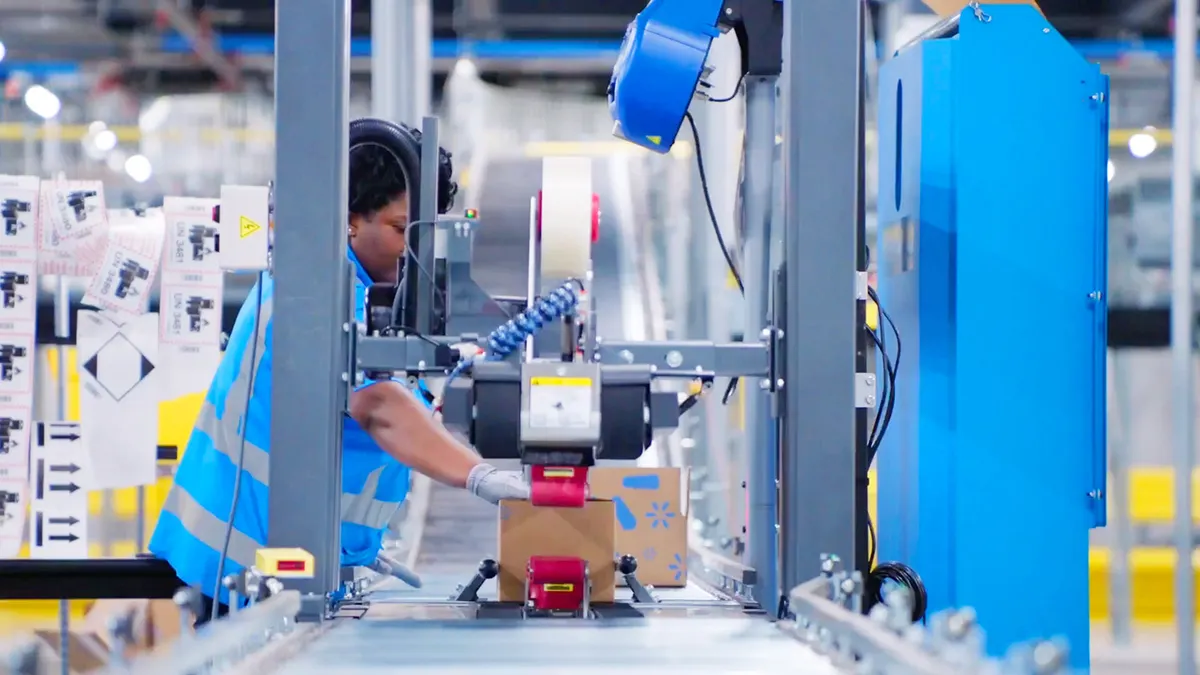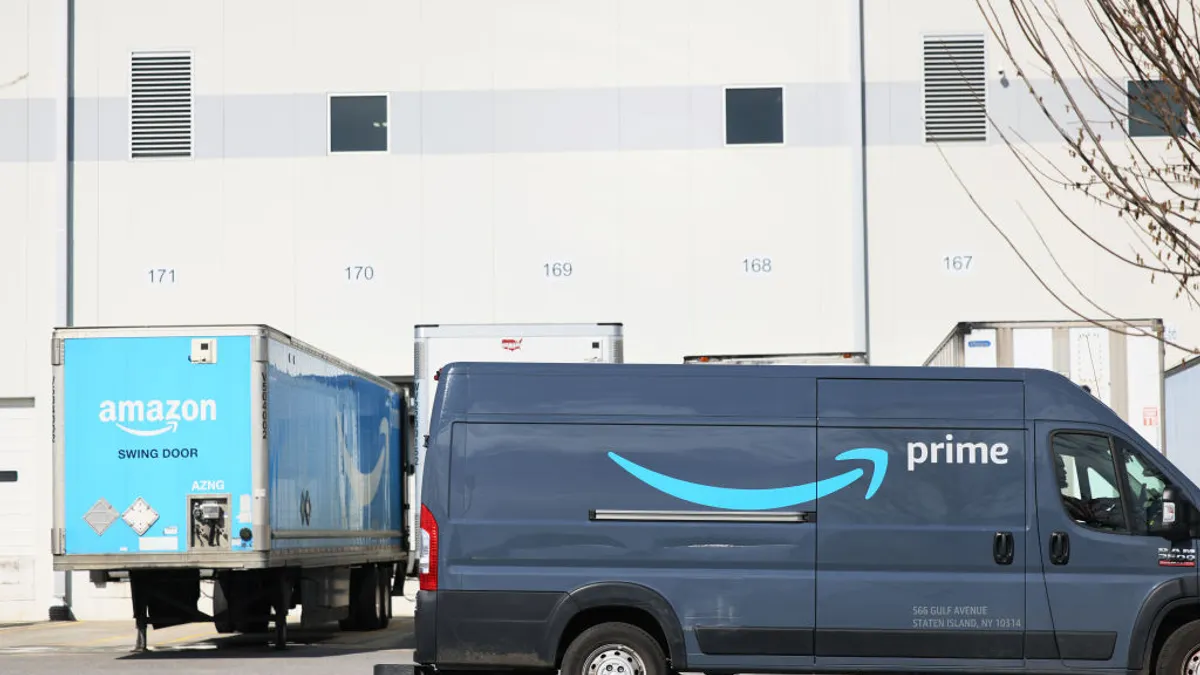Editor’s note: This story is part of a series on the tactics healthcare executives are using to address supply chain challenges. Read the previous installment here.
When it comes to healthcare supply chains, the Mayo Clinic believes that it is better to collaborate than compete with other organizations, Bruce Mairose, division chair of supply chain management sourcing and networks, told Supply Chain Dive.
Mairose said the Mayo Clinic already manages $5 billion of its own supply chain spend, so why not provide sourcing and contracting services for another 89 integrated delivery networks with $21 billion total in spend? This philosophy led to the development of several commercialized business ventures, including purchasing and freight services. Income from these revenue centers covers a bit less than half of the department’s operating expenses which are then reinvested in its supply chain.

“Our organization is no different than anywhere else,” Mairose said. “If it’s a choice of buying a new MRI or CT scanner or buying something for Supply Chain, we know where the investment goes. So this has allowed us to invest in our own technology and our own people, and then make that available to other organizations.”
How shared purchasing boosts efficiency
The Mayo Clinic is leveraging its digital platforms to increase efficiency across its supply chain and provide operational value to its suppliers and partners, according to Mairose.
In 2008, the Mayo Clinic and healthcare services company Vizient were hired as service providers for collaborative healthcare organization Captis, which has grown to 90 health system owners and more than 300 contracts in its portfolio. While the Mayo Clinic is responsible for sourcing, Vizient manages the committee structures and analytics, according to Mairose.
He noted that they rely on physician leaders for category-specific procurement tasks, like ensuring the organization understands newly introduced products and market dynamics changes, or which products should be commoditized and which should be evaluated for clinical outcomes in specific situations.
The purchasing structure has helped Captis, which the Mayo Clinic owns shares of, achieve more than $1 billion in savings since 2008, according to Vizient. The company’s savings include tier progression deals — where a supplier shares the value from operational improvements with the healthcare provider — for products like implantable devices.
“We have a lot of customers that cannot increase their volume or commitment, so we looked at where else we can bring mutual value to supplier and customer or hospital,” Mairose said.
Captis participants also take other steps to increase efficiency, like delivering orthopedic surgery devices twice weekly instead of five times a week to drive supplier savings, or potentially allowing them to offer discounts not otherwise available. It shifts a transactional relationship based on price and volume, to a more collaborative relationship based on price, volume and operational efficiency for all parties, he added.
Combining resources creates additional value for healthcare systems
The Mayo Clinic has several other ventures beyond Captis, but they are all borne from a common philosophy: pooling supply chain resources and monetizing them to create value for healthcare systems.
Besides Vizient, the healthcare system has also partnered with HumanityCorp to build Inspirity Health Partners over the last two years. The companies bill the platform as a way to create scale with other health systems, while providing staffing support, training and technology to members.
“A lot of organizations in our target group don’t have the resources to buy a lot of technology,” Mairose said.
The Mayo Clinic also offers a freight management program under its supply chain solutions service, which the company calls SCS. Mairose said that while other logistics services charge a significant mark-up on freight, the health system lets its clients know the margins in the spirit of building a transparent model with shared savings.
"We don't make money unless they save money," Mairose said.
Supply chain services tap physicians for learning, collaboration
Nothing can be done at the Mayo Clinic without collaboration and physician involvement, Mairose said, and that includes the supply chain. For instance, the team developed five-to-20 minute online self-learning tools where any staff member can learn about sourcing or how to see if a product is being shipped.
Some departments require new staff to use the online learning tools, he added.
The laboratory team also produces a physician-narrated monthly video about happenings in the lab supply chain. It helped to use a recognizable and well-known physician, according to Mairose.
“It was wildly popular because we gave focused information about what was changing in the labs that was of interest to people,” Mairose said.
Meanwhile, the supply chain team sends weekly newsletters out and has published an annual report for more than two decades. The tools have helped educate clinics on the shared services and the team's progress.
"It really was to tell our story, to let executives and department leaders know what value we brought forward," Mairose said






















